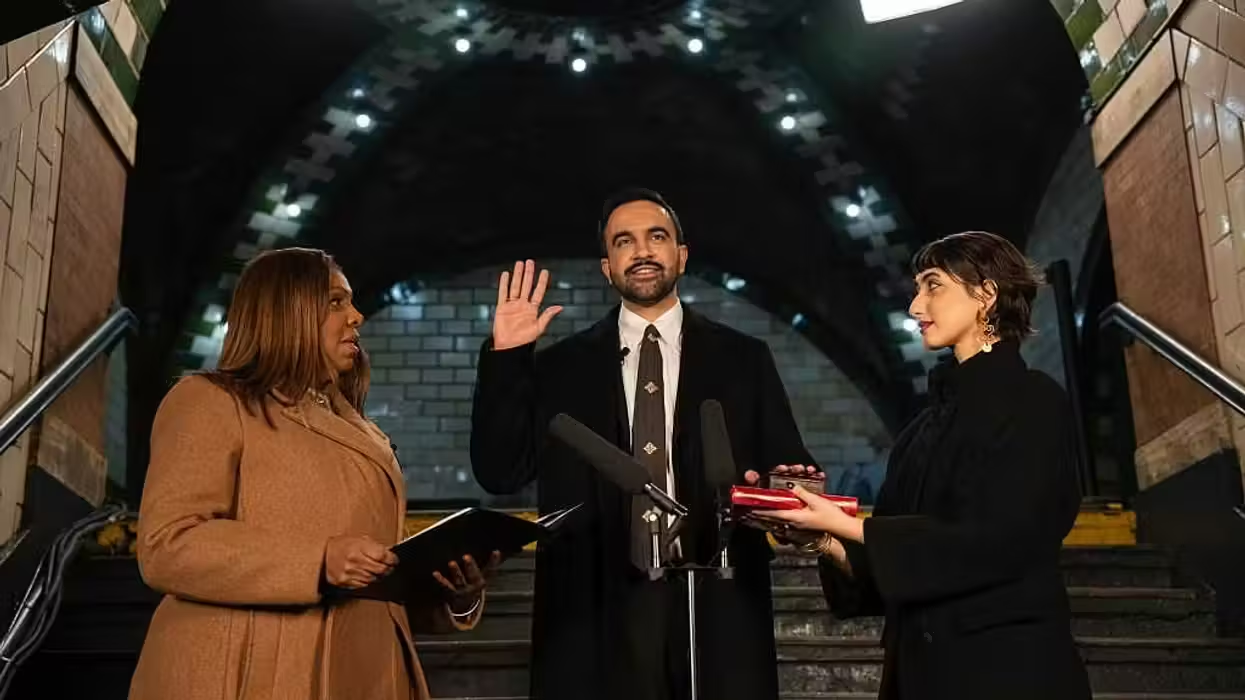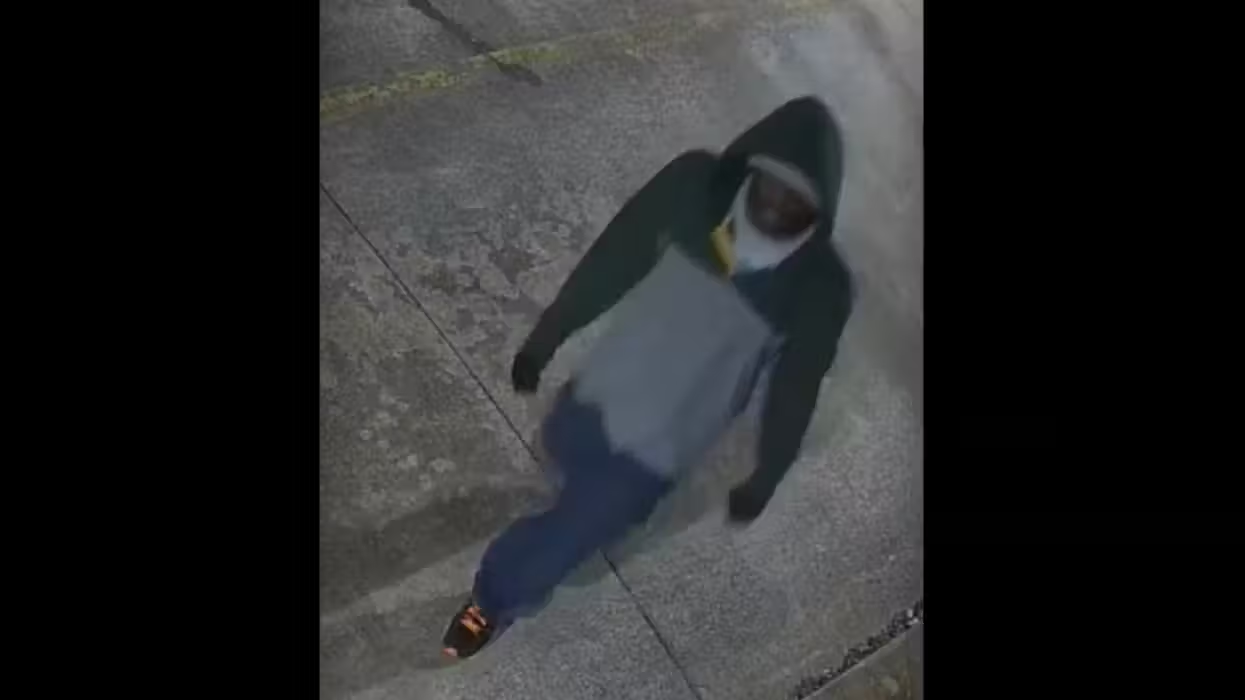
© 2026 Blaze Media LLC. All rights reserved.
Journalists Using Drones? University of Nebraska 'Drone Journalism Lab' Explores the Ethics
November 02, 2012
"...we've still got a lot to learn."
With small drones becoming more prevalent and used by law enforcement, civilians and the media, the University of Nebraska-Lincoln for the last year has been operating a formal "Drone Journalism Lab," which recently filed its first drone-assisted story.
The lab itself was established in 2011 by professor Matt Waite to gain more insight into how drones fit within the evolving field. Here's more about the program:
In the lab, students and faculty will build drone platforms, use them in the field and research the ethical, legal and regulatory issues involved in using pilotless aircraft to do journalism.Journalists are increasingly faced with two problems: a growing appetite for unique online video in an environment of decreased budgets; and restricted or obstructed access to stories ranging from disaster coverage to Occupy Wall Street protests. The technology behind autonomous and remotely piloted vehicles is rapidly moving from military applications to the point where private citizens can own and operate their own drone. At the same time, high definition and 3D video cameras are getting smaller, cheaper and lighter. Paired with global position devices, they make ideal additions to an airborne platform.
With a grant, the program is producing "drone-assisted" stories, the first of which was published last week about Nebraska's drought. In order to conduct the work, the journalism department's drone program partnered with the university's NIMBUS (Nebraska Intelligent MoBile Unmanned Systems) Lab, which provided use of a $25,000 drone and its pilot, according to Silicon Prairie News.
 Carrick Detweiler with NIMBUS pilots the drone used by the lab. (Photo: DroneJouranlismLab.org)
Carrick Detweiler with NIMBUS pilots the drone used by the lab. (Photo: DroneJouranlismLab.org)
Waite said to Silicon Prairie News that the drone lab itself has ordered its own equipment as well.
"It was fun getting out there and doing actual journalism instead of talking about it," Waite told Silicon Prairie News in an email. "We learned a lot doing it, and we've still got a lot to learn. But I think we've proven the concept, if it even needed further proving."
As for the story produced with assistance from the drone, Waite explains in a blog post that they first had to pick a story that met the following criteria for drone use:
- The UAV would have to fly away from people and houses.
- The UAV would have to fly under 400 feet.
- The UAV would have to be within our sight at all times.
- The UAV footage would have to be newsworthy and interesting.
Eventually, they settled on studying this year's record drought and the drying up of the Platte River.
"Drought, and a nearly empty river, fit our requirements," Waite wrote. "We could fly in rural areas, all within FAA restrictions, and the video would be interesting."
After taking the video, Waite wrote that traditional journalism still had to come into play to get the whole story. He noted that the drone is just a tool for journalists to use. Here's a video of the drone they used and some of the footage it took:
"We think the end result turned out well," he wrote. "We learned a few things, we have more of an idea of what it will take to [do] journalism with a UAV, and we’re working on new stories using UAVs to report."
Watch this finalized report that includes drone footage coupled with traditional journalism:
Related:
- DHS Researching Drone Safety Capabilities for Its 'Robotic Aircraft for Public Safety Program'
- Did Parter-Goers Spot a Miami-Dade Police Drone Spying on a Beach Party
- Expanding Drone Legislation 'Raising An Alarm With the American Public'
- Video: 'TacoCopter' Drone That Delivers Mexican Food Has Liftoff
(H/T: Popular Science)
Want to leave a tip?
We answer to you. Help keep our content free of advertisers and big tech censorship by leaving a tip today.
Want to join the conversation?
Already a subscriber?
more stories
Sign up for the Blaze newsletter
By signing up, you agree to our Privacy Policy and Terms of Use, and agree to receive content that may sometimes include advertisements. You may opt out at any time.
Related Content
© 2026 Blaze Media LLC. All rights reserved.
Get the stories that matter most delivered directly to your inbox.
By signing up, you agree to our Privacy Policy and Terms of Use, and agree to receive content that may sometimes include advertisements. You may opt out at any time.






